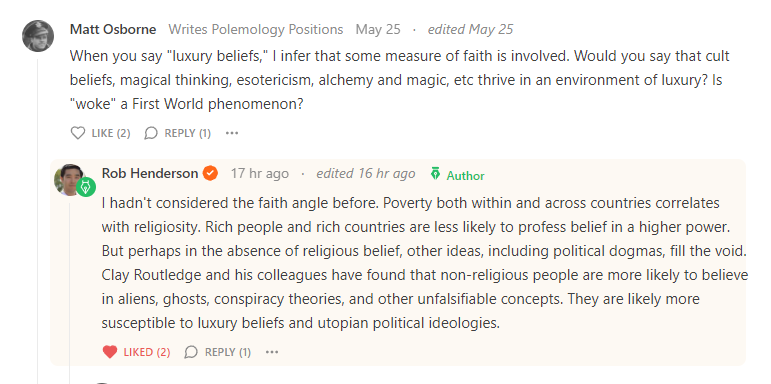Gnostic Gender Gospel Digest No. 3
Updates on an emergent theme
We have noted in this series that the internet, multiplied by the power of social media, exponential to the power of the smartphone, has been a key part of the rise of “transgender” and “woke” things in the last decade. A furious public debate about the mental health effects of this combo took place only recently, and mainly through the auspices of “psychology Substack.” It seems to have culminated last week in a warning from the US Surgeon General that this toxic mix is the cigarette of the 21st century. The kids are not alright. Jeffrey Marsh is Joe Camel to a generation. Back when kids snuck off and smoked behind the gym, they at least created healthy social lives with each other. Disconnection and disembodiment are making them unhappy.
Regular readers will know that we have developed a frame of reference here at The Distance for understanding the “woke” phenomenon in general, and “trans kids” in particular, as an episode in American faith formation. This approach is inclusive of other explanations for it, including money and power. Like gunpowder and the printing press, which magnified the effects of each other on religious innovation and strife during the European epoch known as the “wars of religion” and “the iron century,” the social justice-social media-smartphone combination of technologies is blowing up societies around the world. Faith in technology is faith.
Beside the word “faith,” we have “belief.” Recently, I asked Rob Henderson about the term “luxury belief” in an AMA, emphasis on the word “belief.” Despite being one of the foremost popularizers of the concept, Henderson seemed surprised by the suggestion. He nevertheless confirmed the outline of an argument for the woke-spectrum belief system as a First World problem. I have begun describing as a patent medicine brand cult, that is, a capitalist construction.
“First World problems” are often products of our technological products. Reading an interview with Kai Micah Mills, an advocate of cryogenics, I was struck by his remark that “most Mormons are really just transhumanists.” Mills has no interest in simply extending life: “I want to solve the death problem.” This is called scientism, a faith in science. No one has been raised from the dead after being frozen; the entire project assumes future technology will solve death. A whole category of near-Eastern gods existed across thousands of years to ‘solve the death problem.’ We humans are not as original as we want to suppose.





